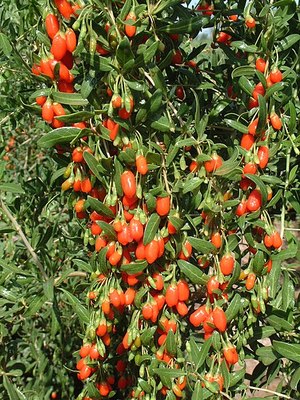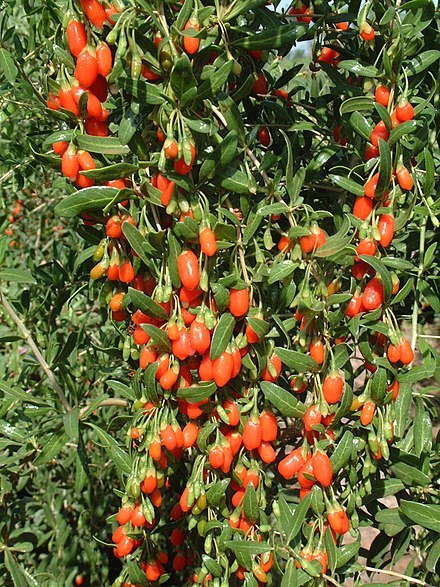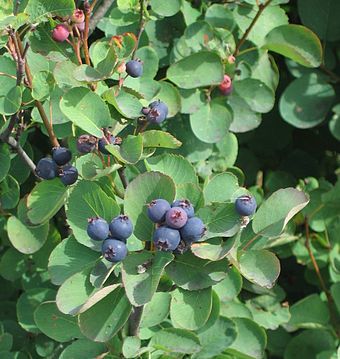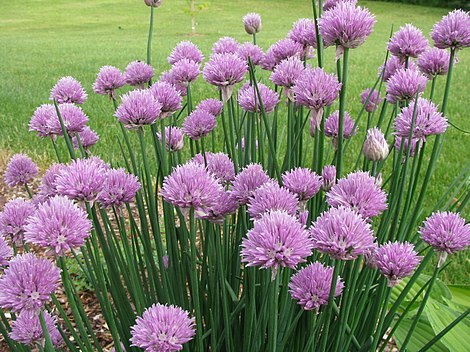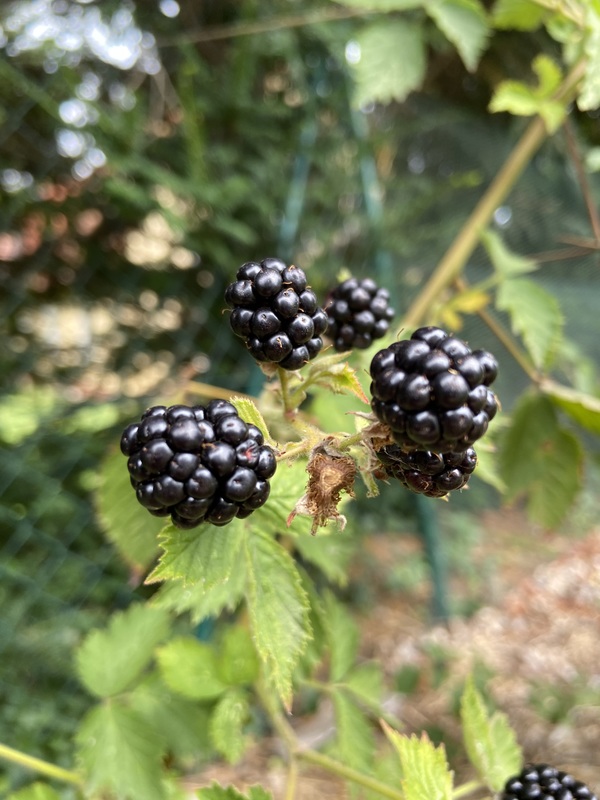Description
Goji (Lycium barbarum), or wolfberry (Chinese: 枸杞; pinyin: gǒuqǐ), is a flowering plant native to Asia, specifically the regions of China, Mongolia, and Tibet. It is a woody perennial that can grow up to 10 feet in height and has green leaves that are elongated and somewhat hairy. The flowers are small and white, and the fruit is a bright red, oblong berry. It’s closely related to Lycium chinense, but the fruits can be distinguished by differences in taste and sugar content.
In terms of growing conditions, goji plants prefer well-draining soil and full sun. They are drought-tolerant and can tolerate a wide range of temperatures, making them well-suited to many different climates. However, they do require some protection from strong winds, as their branches can be brittle and easily broken.
The plant parts are called by the Latin names lycii fructus (fruit), herba lycii (leaves), etc., in modern official pharmacopeias.
Goji berries are edible and are often used in traditional Chinese, Korean, Vietnamese, and Japanese medicine, since at least the 3rd century CE. They can be eaten fresh or dried, and are said to have a sweet and slightly sour taste. The berries can be stored for long periods of time, either in a cool, dry place or in the freezer.
In terms of their uses, goji berries are often used in herbal remedies to boost the immune system and improve overall health. They are also said to have anti-inflammatory and antioxidant properties. The berries can also be used in cooking, either fresh or dried, and are often added to teas, smoothies, and other beverages.
Goji plants are also valued for their attractiveness to wildlife, including birds and insects. The berries are a favorite food of many species, and the plants provide habitat and shelter for a variety of creatures.
